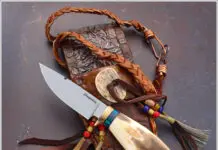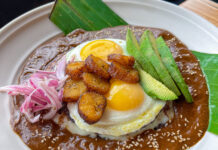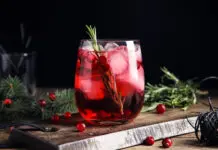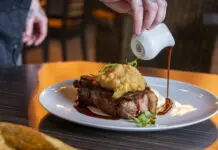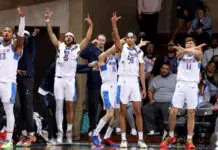
Friday, Feb. 7, 6 p.m.
Tulsa Opera went to a lot of effort in the build-up to its premiere of Elmer Gantry later this month. On Friday, Feb. 7, at 6 p.m., Tulsa Opera welcomes actress Shirley Jones to the Hardesty Arts Center, 101 E. Archer St., for a special screening of the 1960 film Elmer Gantry. Jones won an Oscar for Best Supporting Actress for the role of Lulu Baines in the film about a charismatic charlatan during the 1920s Evangelical movement. Jones is also known around here for playing Laurey in the 1955 musical film Oklahoma! She will be part of a question and answer session following the screening and be available for the reception following. Admission is free. For more, visit www.tulsaopera.com.



